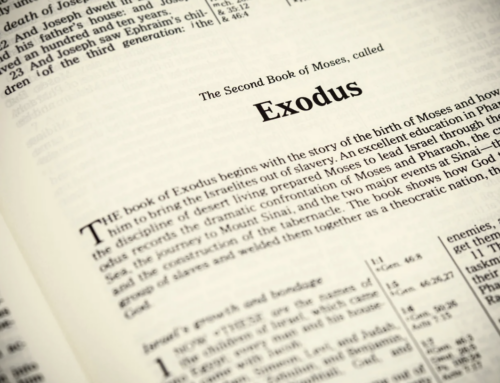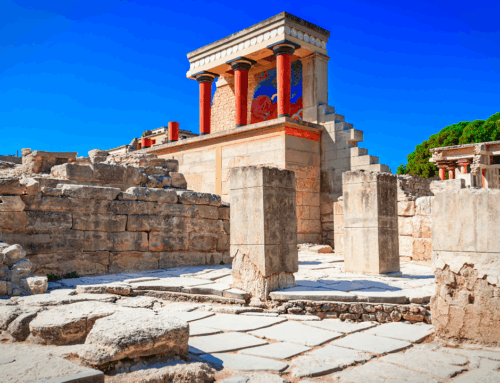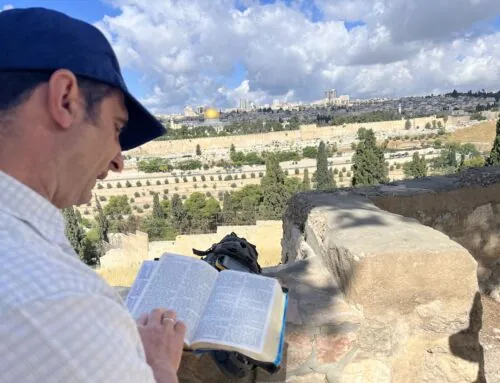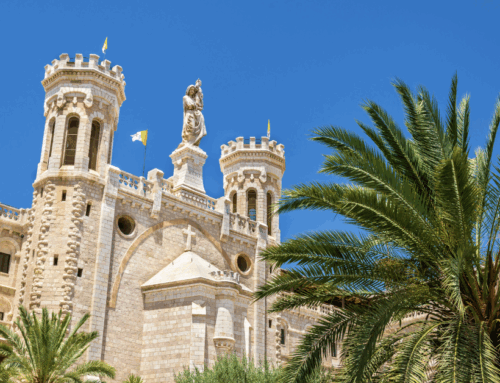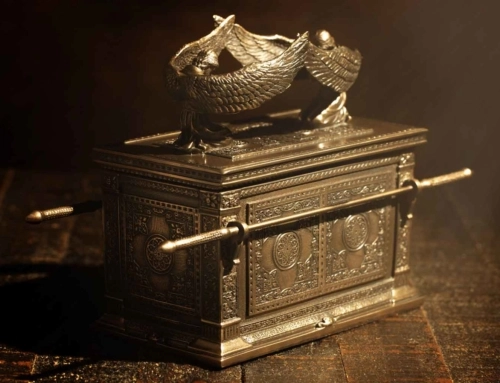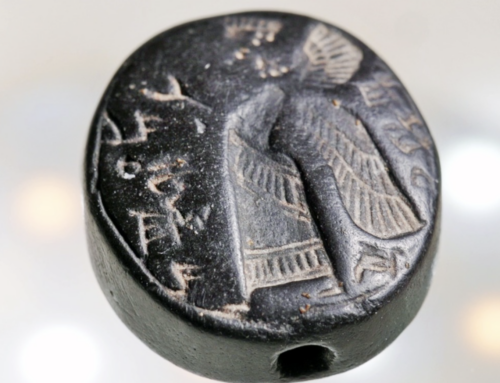“After Jesus was born in Bethlehem in Judea, during the time of King Herod, Magi from the east came to Jerusalem and asked, “Where is the one who has been born king of the Jews? We saw his star when it rose and have come to worship him.”
When King Herod heard this he was disturbed, and all Jerusalem with him. When he had called together all the people’s chief priests and teachers of the law, he asked them where the Messiah was to be born. “In Bethlehem in Judea,” they replied, “for this is what the prophet has written:
“‘But you, Bethlehem, in the land of Judah,
are by no means least among the rulers of Judah;
for out of you will come a ruler
who will shepherd my people Israel.”
Matthew 2:1-6
While Christmas today is seen as a time of hope, love and even fun, it should not be forgotten that at its very core, the birth of Christ was an act of war, in the battle for the very souls of man. Angels announcing His birth were not adorable cherubs or beautiful women with delicate wings that art has depicted angels as through the centuries singing sweet lullabies. Instead, angels are warriors and they were heralding the coming of their General leading them into battle.
With this sort of arrival, there was going to be opposition, not only spiritually, but on earth as well. Hearing that the King of Kings has been born is going to be unwelcomed news to those in power. In the area of Judea, King Herod was the reigning authority, granted the title by the Roman Senate. Though he was “king”, he was expected to support the rule of Rome and carry out their edicts first and foremost.
Herod was known to be ruthless, evil, and paranoid. History has shown he even had his own sons and wife executed to protect his rule because he thought they were trying to usurp him. With such fervor to protect his power, the thought of a new king being born was not going to be welcomed news.
The second chapter of Matthew says that he deceived the wise men who told of the Christ’s coming and said he wanted them to find the child so he too could worship him. When they were warned by God not to return Herod and they returned home another direction, Herod was furious. According to Matthew 2:16-18, Herod had the young children 2 and under in Bethlehem killed in an attempt to kill the threat to his throne, what would become known as the Massacre of the Innocents. An angel had already spoken to Joseph in a dream however, warning him to flee to Egypt from Herod. The family stayed in Egypt until Herod’s death a few years later, and then returned to Nazareth.
While Herod was certainly not a hero in the story of Christ and a ruthless leader, he did invest into the infrastructure of the region heavily, and many of the things he built still stand today and can be visited, providing insight into the days of Jesus, as well as adding historicity to the Bible.
Many do not realize that it was Herod who built the Second Temple. Herod had a great interest in perpetuating his name through elaborate building projects, and the Temple was the grandest of them all, being an impressive and grand complex. This is where Jesus was presented as a baby and Simeon and the prophetess Anna spoke prophecy over the baby (Luke 2:22-40). This is also where we’d next hear about Jesus in his youth, teaching at the temple during Passover (Luke 2:41-52). The Temple would go on to play a key role in the ministry of Christ, including driving out the merchants (Matthew 21:12-13), and predicted the destruction of the temple in the books of Matthew 24, Mark 13 and Luke 21.
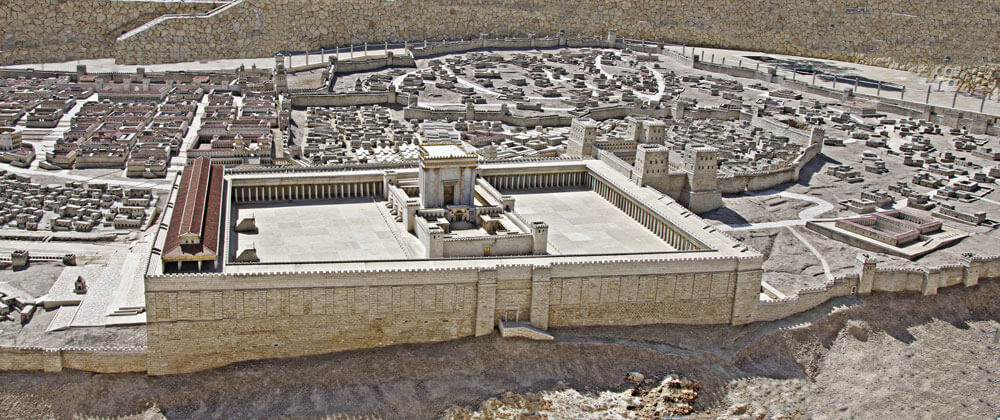
Temple Model, The Temple Institute
Today, all that remains of the temple is the Western Wall, also known as the “Wailing Wall”. The rest was destroyed, as Jesus foretold, in 70 AD. Artifacts are constantly being found though from the period. You can view a model of the 2nd Temple at the Temple Institute.
Caesarea Maritima, now a national park in Israel, was a city and harbor established by Herod and one of the most important cities in the day. The famous historian, Josephus, described the city in detail. The city, about 75 miles northwest of Jerusalem, is mentioned several times in the bible, especially in the book of Acts. As the capital of Roman rule in the area, It was the home of Pontius Pilate. It became a very important city of the early Church. It was destroyed in 1265 AD. Today, you can still see walls and ruins of Herod’s original city, as well as ruins of the Byzantine era.
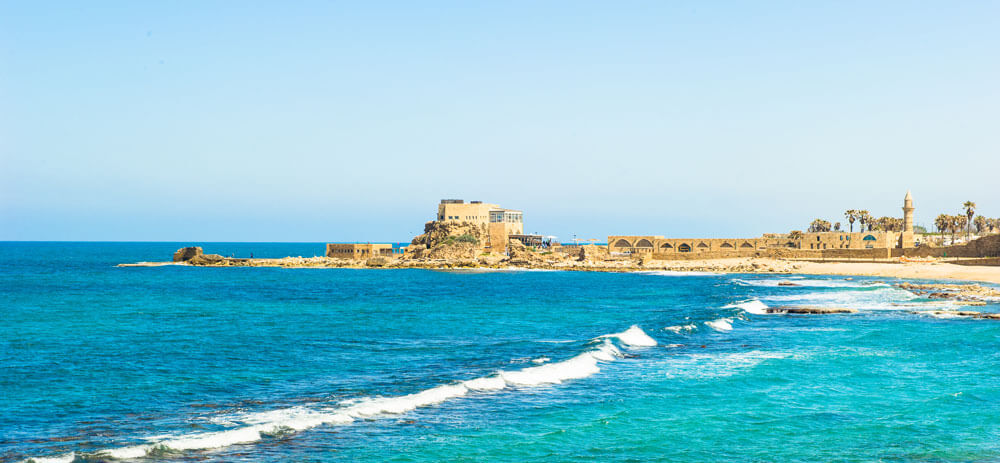
Caesarea Maritima
Herodion, a great fortress and palace of Herod, outside of Bethlehem and Jerusalem is likely where Herod found out about the Christ child and made his merciless attempts to stop him. Today, visitors can see an excavated theatre, synagogue, bathhouse and ruins of the palace, as well as what is believed to be Herod’s tomb.
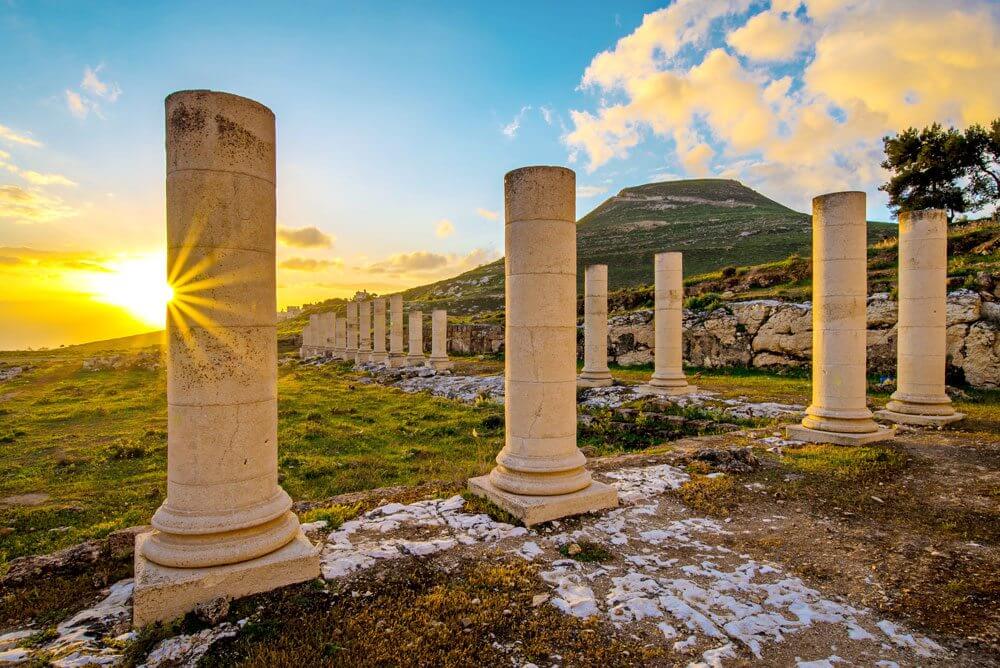
Herodion, Judea
Did you miss our other posts about the locations of Christmas? Read them here!

